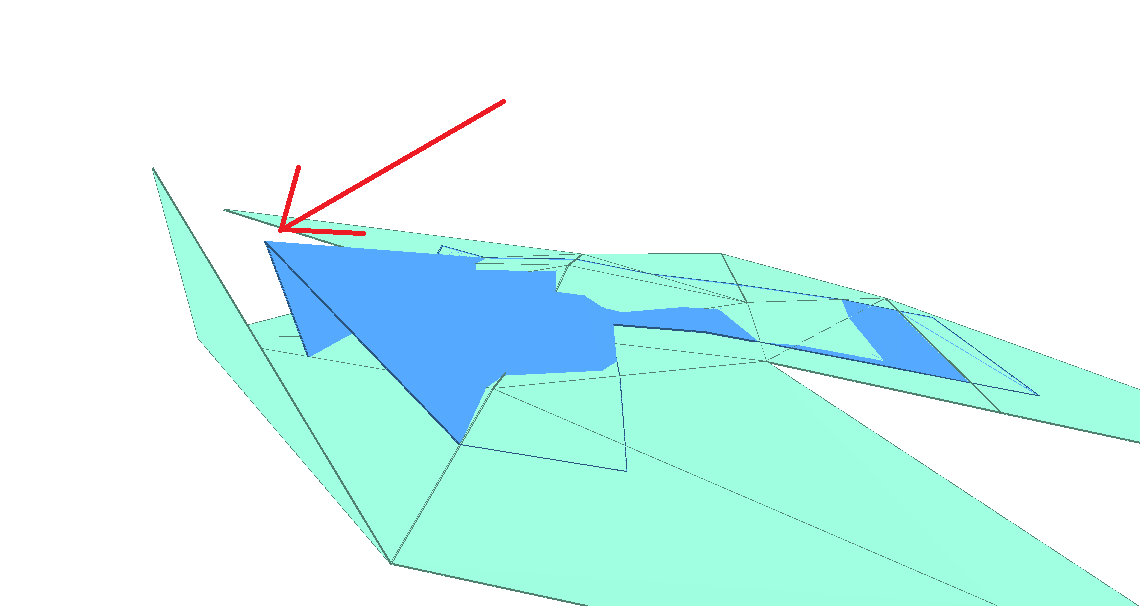Hello Community,
another question ...
I try to add a z-value (new attribute) to my 2D polygones (SRID 25832) by putting them on a 3D DEM (SRID 5555).
The plan is to "throw" the 2D Polygones from above on the 3D DEM and the z-value result from the first touch, where the 2D Polygone hits the 3D DEM.
The icing on the cake would be, if I could create a 3D Geometrie (SRID 5555) out of the 2D Polygones additional to the z-value attribute)








